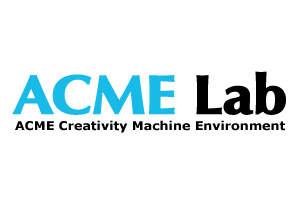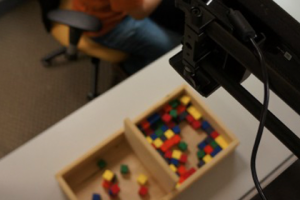Technology is changing the scope and quality of healthcare through applications such as telemedicine and home health technology by offering a cost-effective and accessible means to manage chronic disease. People are increasingly taking a proactive role in monitoring and maintaining their health, e.g., monitoring blood pressure to prevent stroke, or measuring blood sugar levels to regulate diabetes. One of the most pressing health issues we face today is a stroke. Statistics from Centers for Disease Control and Prevention indicates that stroke is the leading cause of serious, long-term disability in the United States. While more and more stroke rehabilitation therapy is conducted in patient's home, care providers still require patients to visit the clinic to perform the clinical assessments.
We investigate a computational tool - the Digital Box and Block Test (DBBT) - that can help medical professionals record and assess rehabilitation progress of stroke patients with easy setup. Embedding this technology in the residential spaces could also help patients to relearn and recall how to use their arms, hands, and fingers. With the system, care providers would be able to more precisely detect, track, and monitor patient's post-stroke functional motor improvements remotely.

Welcome to ACME lab! A Creativity Machine Environment! We like the acronym of ACME, since it means the highest point, and also refers to the fictional company in Looney Tunes, which is A Company that Makes Everything! Why creativity machine? We believe everyone can be creative because everyone has the ability to make things. Why machine? Human beings are wonderful, intricate machineries! In the efforts to understand human intelligence and creativity (cognition), or how people design everything (from their meals, to furniture, house, or software programs), we build models and machines (theory and model) to attempts to explain, and simulate, or to explore the boundaries of these ideas that are inside blackboxes.
What do we do? We are interested in everything about design computing and cognition! From ambient intelligence to physical computing, from sketch understanding to intuitive design tools, from web log analysis to social networking, from patient communication systems to ubiquitous computing, from interactive furniture to architectural robotics, just to name a few.



